The Alaska Marine Highway, a vital transportation network, plays a pivotal role in the lives of Alaskans and visitors alike. Spanning thousands of miles of pristine coastline, this maritime system offers a unique and unforgettable travel experience, connecting communities, fostering economic growth, and preserving the rich cultural heritage of the Last Frontier.
Established in 1943, the Alaska Marine Highway has evolved into a comprehensive network of ferries, serving over 30 ports and destinations throughout the state. With its fleet of modern vessels, the system provides reliable and scenic transportation, showcasing the breathtaking beauty of Alaska’s coastal landscapes.
Alaska Marine Highway System
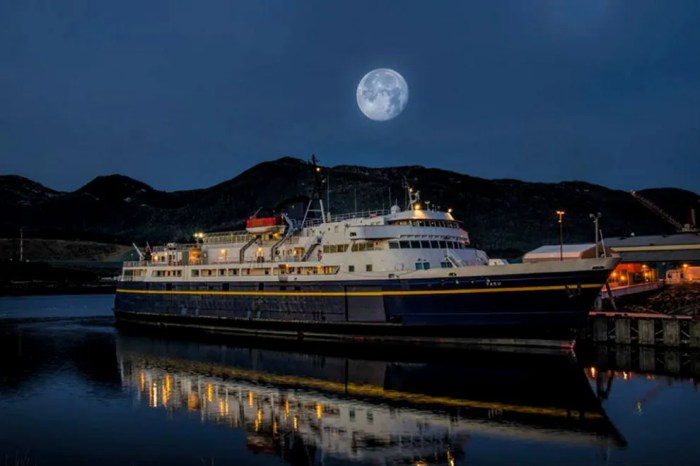
The Alaska Marine Highway System (AMHS) is a ferry system that provides passenger and vehicle transportation along the coast of Alaska, connecting communities that are not accessible by road.
The AMHS was established in 1963 to improve transportation in Alaska, which has a vast coastline and many remote communities. The system operates a fleet of ferries that travel over 3,500 miles of routes, serving 35 communities in Southeast Alaska, the Gulf of Alaska, and the Aleutian Islands.
The Alaska Marine Highway, a scenic ferry system connecting coastal communities, offers an unforgettable journey through breathtaking landscapes. For those seeking a luxurious travel experience, consider incorporating luxury travel tips to enhance your Alaska Marine Highway adventure. From private cabins to gourmet dining options, these tips will elevate your voyage and create lasting memories amidst the pristine beauty of Alaska’s coastline.
Routes and Destinations
The AMHS operates several routes that connect different regions of Alaska. Some of the most popular routes include:
- Inside Passage Route: This route travels along the Inside Passage, a scenic waterway that passes through fjords, islands, and glaciers. The route connects Bellingham, Washington, with Skagway, Alaska, and stops at several communities in between.
- Gulf of Alaska Route: This route travels along the Gulf of Alaska, connecting Seward, Alaska, with Kodiak, Alaska, and several other communities in the region.
- Aleutian Islands Route: This route travels through the Aleutian Islands, connecting Dutch Harbor, Alaska, with Unalaska, Alaska, and several other communities in the region.
Passenger and Freight Traffic
The AMHS carries a significant number of passengers and freight each year. In 2022, the system carried over 300,000 passengers and over 100,000 tons of freight. The AMHS is an important part of the transportation infrastructure in Alaska, providing essential services to communities that rely on it for access to goods and services.
Vessels and Infrastructure
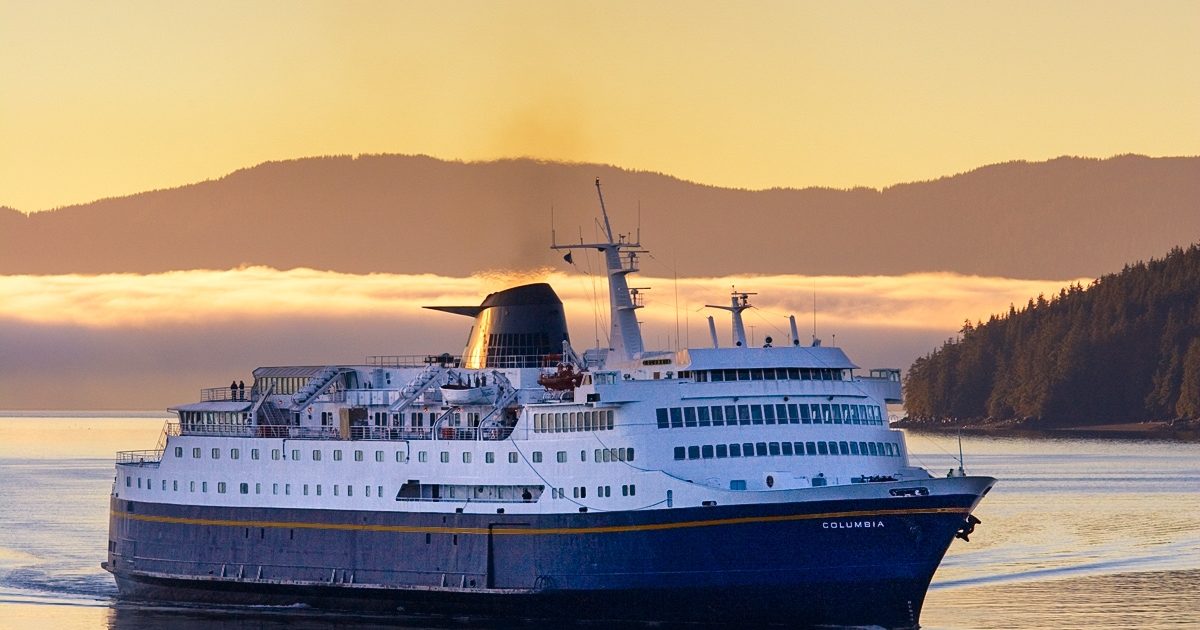
The Alaska Marine Highway System operates a fleet of ferries and other vessels to provide transportation services throughout Alaska. These vessels vary in size and capacity, and are designed to meet the specific needs of the communities they serve.
The system’s fleet includes:
– Conventional ferries: These are the largest vessels in the fleet, and can carry up to 500 passengers and 200 vehicles. They are used on the longer routes, such as the Inside Passage and the Gulf of Alaska.
– Fast ferries: These are smaller and faster than conventional ferries, and can carry up to 150 passengers and 50 vehicles. They are used on the shorter routes, such as the Prince William Sound and the Southeast Alaska.
– Barges: These are used to transport freight and vehicles between communities that are not accessible by road.
– Tugs: These are used to tow barges and assist other vessels.
The Alaska Marine Highway System also maintains a number of ports and harbors throughout Alaska. These facilities provide docking space for the ferries and other vessels, as well as loading and unloading facilities for passengers and cargo.
The maintenance and repair of the vessels and infrastructure is carried out at a number of facilities throughout Alaska. These facilities include dry docks, machine shops, and electrical shops.
Economic and Social Impact
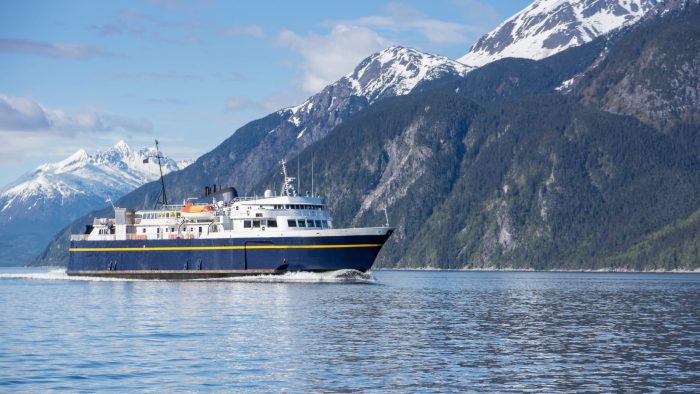
The Alaska Marine Highway System plays a vital role in the economic and social well-being of Alaska. It provides a lifeline for communities that are not accessible by road, and it supports a variety of economic activities, including tourism, fishing, and mining.
The system generates an estimated $200 million in economic activity each year, and it supports over 1,000 jobs. It also provides a vital link for trade, allowing businesses to transport goods and services to and from remote communities.
Social and Cultural Significance
The Alaska Marine Highway System is more than just a transportation system. It is also a way of life for many Alaskans. It provides a sense of community and connection for people who live in remote areas. The system also plays a role in preserving Alaska’s unique culture and heritage.
The Alaska Marine Highway provides a unique way to explore the breathtaking beauty of Alaska’s coastline. For a different kind of adventure, consider visiting the historic ashford castle in Ireland. With its stunning architecture and luxurious amenities, Ashford Castle offers a glimpse into the past while providing modern comforts.
Afterward, return to the Alaska Marine Highway to continue your journey through the pristine wilderness of the Last Frontier.
Impact on Tourism, Alaska marine highway
The Alaska Marine Highway System is a major draw for tourists. Each year, thousands of people visit Alaska to experience the state’s natural beauty and wildlife. The system provides a unique way to see Alaska, and it allows tourists to visit remote communities that would otherwise be inaccessible.
Impact on Trade
The Alaska Marine Highway System is also a vital link for trade. It allows businesses to transport goods and services to and from remote communities. This helps to support the local economy and it ensures that residents have access to the goods and services they need.
Families seeking a serene getaway can embark on the scenic Alaska Marine Highway, which traverses breathtaking waterways. Along the route, they can disembark at charming ports that offer an array of family-friendly resorts , providing a perfect blend of adventure and relaxation.
Whether it’s whale watching, kayaking, or exploring pristine beaches, the Alaska Marine Highway offers an unforgettable journey for families seeking a memorable vacation.
Environmental Considerations: Alaska Marine Highway
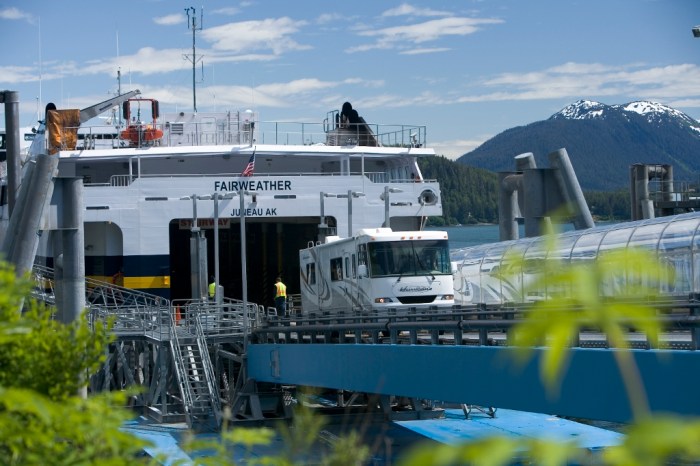
The Alaska Marine Highway System adheres to strict environmental regulations and practices to minimize its impact on the pristine Alaskan environment. These regulations include:
- Compliance with the Clean Air Act, Clean Water Act, and Endangered Species Act
- Implementation of best management practices for waste disposal, spill prevention, and habitat protection
- Use of environmentally friendly fuels and technologies
Potential Environmental Impacts
Despite these efforts, the Alaska Marine Highway System has the potential to impact the environment in several ways:
- Pollution: Emissions from vessels can contribute to air and water pollution, including greenhouse gases and toxic chemicals.
- Noise: Vessel noise can disturb marine life, particularly whales and other sensitive species.
- Habitat disruption: Ferry terminals and other infrastructure can alter coastal habitats and disrupt wildlife.
Mitigation Initiatives
The Alaska Marine Highway System has implemented various initiatives and technologies to mitigate these impacts:
- Emissions reduction: Use of low-sulfur fuels, catalytic converters, and other technologies to reduce air emissions
- Noise reduction: Installation of noise-dampening devices on vessels and use of quieter engines
- Habitat protection: Siting terminals in areas with minimal environmental impact and implementing measures to minimize disturbance to wildlife
Future Developments
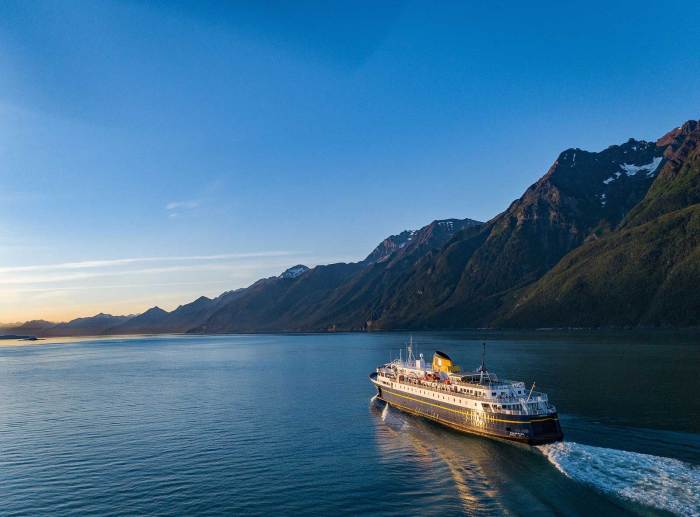
The Alaska Marine Highway System is continuously evolving to meet the changing needs of the communities it serves. Several potential future developments and upgrades are under consideration, including:
- New Routes: Expanding the system to include new routes or destinations, such as connecting remote communities or providing seasonal service to popular tourist areas.
- New Vessels: Introducing new vessels to the fleet with improved fuel efficiency, increased passenger capacity, and enhanced amenities to enhance the travel experience.
- Infrastructure Upgrades: Investing in upgrades to existing infrastructure, such as terminals, docks, and maintenance facilities, to improve safety, efficiency, and accessibility.
Role of Technology and Innovation
Technology and innovation play a crucial role in shaping the future of the Alaska Marine Highway System. Potential developments include:
- Advanced Navigation Systems: Implementing advanced navigation systems to enhance safety, optimize routes, and improve vessel efficiency.
- Automated Systems: Exploring the use of automated systems for tasks such as vessel operation, cargo handling, and ticketing to improve efficiency and reduce costs.
- Digital Connectivity: Providing reliable and high-speed internet connectivity on vessels to enhance communication, entertainment, and productivity for passengers and crew.
These future developments aim to enhance the overall experience for passengers, improve the efficiency and sustainability of the system, and ensure the Alaska Marine Highway System continues to serve as a vital transportation lifeline for the communities of Alaska.
Outcome Summary
The Alaska Marine Highway is more than just a transportation system; it is a lifeline for coastal communities, a catalyst for economic development, and a testament to the indomitable spirit of Alaskans. As the state continues to grow and evolve, the Alaska Marine Highway will undoubtedly play an even more vital role in shaping its future.
Helpful Answers
What is the purpose of the Alaska Marine Highway?
The Alaska Marine Highway provides essential transportation services to coastal communities in Alaska, connecting them with each other and the rest of the state.
How many routes does the Alaska Marine Highway serve?
The Alaska Marine Highway operates on several routes, covering over 3,500 miles of coastline and serving over 30 ports and destinations.
What types of vessels are used in the Alaska Marine Highway?
The Alaska Marine Highway fleet consists of a variety of vessels, including ferries, barges, and icebreakers, each designed to meet the specific needs of the routes they serve.